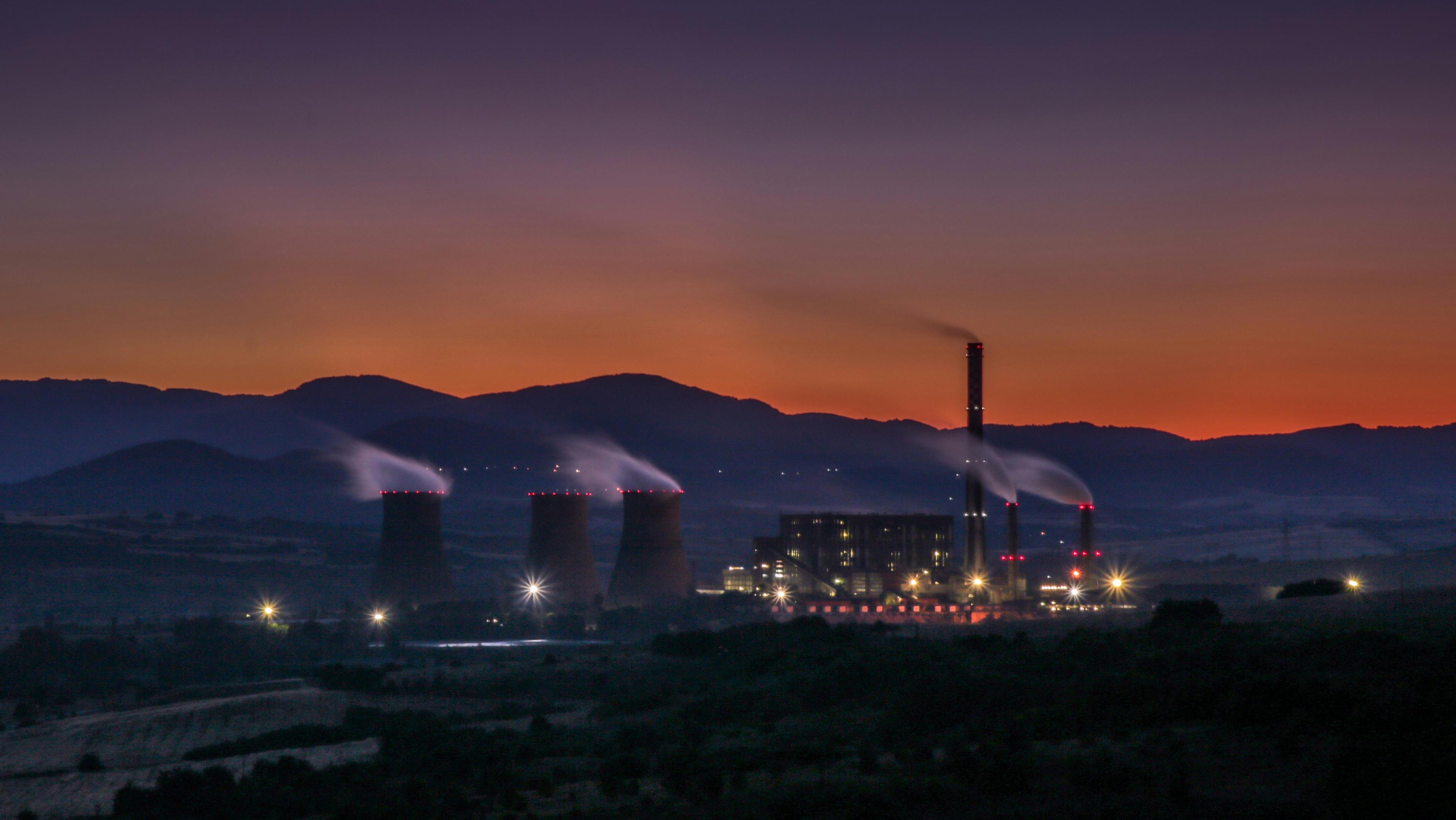CFE Submission to the European Commission on the Industrial Decarbonisation Accelerator Act
In July 2025, Carbon-Free Europe submitted input to the European Commission on the proposed Industrial Decarbonisation Accelerator Act (IDAA). Our evidence highlights how early action, flexible pathways, and technology-inclusive policies can drive cost-effective decarbonisation and industrial competitiveness across the EU.
Read the full submission and supporting materials below.
----
Carbon-Free Europe (CFE) welcomes the opportunity to provide input to the forthcoming Industrial Decarbonisation Accelerator Act (IDAA). CFE supports the EU’s 2050 net-zero target using a technology-inclusive approach combining renewables, nuclear, hydrogen, and carbon management. Our modelling and analysis demonstrate that a diverse energy mix enables cost-effective, resilient, and secure decarbonisation while allowing Member States (MS) to build on their strengths.
This feedback draws on findings from the Annual Decarbonisation Perspective (ADP) and CFE’s 2025 Jobs Report.
Decarbonisation as Industrial Strategy
CFE’s 2025 Jobs Report shows that aligning decarbonisation and industrial competitiveness leads to net employment gains. Our Core scenario projects a gain of 4.65 million net jobs EU-wide by 2050, with strong growth in construction (1.2m) supply chains and manufacturing (1.0m). All EU MS have a net labour growth by 2050 for clean energy jobs.
Recommendation: Target support for strategic clean technology manufacturing and allocate transition funding to regions with high emissions and industrial restructuring needs.
Identifying clusters through infrastructure ready zones:
CFE’s downscaled infrastructure maps highlight regions where clean energy buildout overlaps with industrial activity, supporting the co-location of clean energy supply and energy-intensive industries. Such co-location can reduce transport inefficiencies, improve system integration, and lower overall costs.
Recommendation: Focus IDAA support on infrastructure-ready zones with high energy demand to optimise both emissions reduction potential and cost-effectiveness.
Early action and flexibility for cost-effective support:
CFE modelling demonstrates substantial cost benefits of early clean infrastructure investments. Our Core net-zero 2050 scenario reduces investments by €4.5 trillion compared to delayed-action pathways, while technology-diverse approaches save €500 billion versus business-as-usual scenarios that miss net-zero targets. These savings are particularly enabled through flexible technology approaches and country-specific implementation pathways allowing early investments.
Recommendation: Design the IDAA to enable MS to pursue country-specific, technology-neutral pathways, supported by accelerated permitting procedures for essential infrastructure.
Low-Carbon Industrial Products and Lead Markets
While well designed voluntary carbon labels–including all clean inputs and based on actual emissions performance–are essential to support product differentiation, they must be supported by broader market measures.
CFE’s jobs analysis reveals that initial clean industry growth occurs in demand side sectors—retrofits, electrification, and energy efficiency—subsequently driving longer-term supply-side job creation. As major consumers of basic materials (cement, steel, and glass), downstream sectors can accelerate the development of low-carbon markets through public procurement, project pipelines, and industrial partnerships.
Recommendation: Establish technology-neutral emissions-based product standards while activating downstream sector demand through strategic procurement and partnership programmes.
Conclusion
We encourage the Commission to consider strategic support for transition regions, targeted infrastructure deployment, flexible & technology-neutral implementation pathways and robust market creation measures to ensure that the IDAA successfully drives EU industrial decarbonisation.
We attach the ADP reports, downscaled infrastructure maps, and CFE’s Jobs Report as supporting evidence.
ADP 2024 – https://www.carbonfreeeurope.org/modelling
ADP 2024 Downscaled Infrastructure Maps (interactive) – https://public.tableau.com/app/profile/cfe2024/viz/DownscaledMaps/MAP
ADP 2023 archive – https://www.carbonfreeeurope.org/modelling/archive/2023
Jobs Report - https://www.carbonfreeeurope.org/product/decarbonisation-as-industrial-strategy

